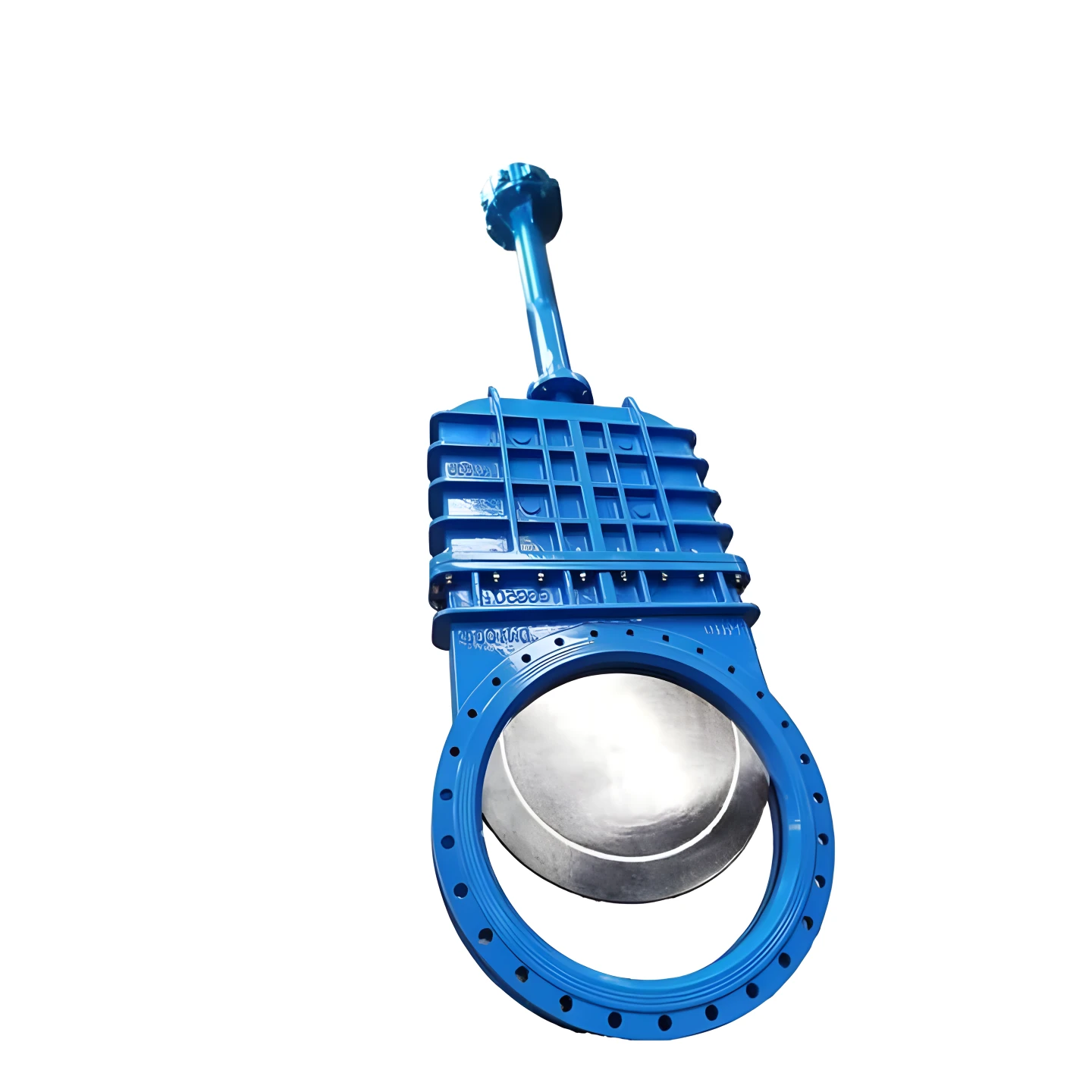Basic Info.
| Model NO. | DN600-DN2100 | Material | Wcb/Stainless Steel/Ductile Iron |
|---|---|---|---|
| Connection Form | Flange/Wafer | Pressure | Ordinary Pressure |
| Actuator | Handwheel/Pneumatic/Electric | Seal Surface | Wedge Gate Valve |
| Thread Position of Valve Rod | Inside Gate Valve | Usage | Regulation, Emptying, Drain, Flow Control |
| Standard | GB/ANSI/JIS/DIN/API | Application | Industrial Usage, Water Industrial Usage |
| Seat Seal | EPDM/PTFE/Metal | Directioanl Seal | Bi-Directional/Uni-Directional |
| Connectional Type | Flange/Lug | Transport Package | Standard Marine Packing |
| Specification | DN50-DN2600 | Trademark | ZONY/OEM |
| Origin | China | HS Code | 8481804090 |
Product Overview
This valve is designed for applications requiring a hard seal, providing reliable unidirectional flow control.
Features
- Manual operation with handwheel
- Hard seal for enhanced durability
- Cast iron body with robust construction
- Unidirectional flow design
Technical Specifications
| Parameter | Specification |
|---|---|
| Valve Type | Unidirectional Knife Gate Valve |
| Model | DZ73H-10 |
| Body Material | Cast Iron |
| Seal Type | Hard Seal |
| Connection Type | Flanged |
| Pressure Rating | PN10 |
| Temperature Range | -10°C to 120°C (14°F to 248°F) |
| Size Range | DN50 to DN600 |
| Leakage Rate | Minimal leakage with hard seal |
Installation Instructions
Preparation: Ensure the pipeline is clean and free from debris. Verify flange compatibility.
Mounting: Align the valve with the pipeline flanges. Use appropriate gaskets and bolts to secure the valve. Tighten bolts in a criss-cross pattern for even pressure.
Inspection: Verify smooth operation by manually testing the gate. Ensure there are no obstructions.
Operation Guidelines
- Opening/Closing: Operate the valve using the handwheel for opening and closing.
- Flow Control: Ensure the valve is fully open or closed to prevent partial obstruction.
Maintenance
- Regular Inspection: Check for signs of wear or damage. Ensure the gate and seal are in good condition.
- Seal Maintenance: Inspect the hard seal periodically and replace if necessary to maintain minimal leakage.
- Cleaning: Keep the valve clean and free from external contaminants.
Safety Precautions
- Always depressurize the system before performing maintenance.
- Use appropriate personal protective equipment (PPE) during installation and maintenance.
- Ensure all personnel are trained in valve operation and safety protocols.
Troubleshooting
| Issue | Possible Cause | Solution |
|---|---|---|
| Valve does not open/close | Obstruction or mechanical issue | Clear obstruction and inspect mechanism |
| Leakage | Worn or damaged seal | Replace the seal |
| Difficult operation | Mechanical wear | Lubricate and inspect for wear |
Product Show














